THE TOOLBOX
MAKERSPACE
DESIGN
CLIENT
The Rick and Susan Sontag Center for Collaborative Creativity (the Hive)
MEDIA
Design research
Strategy & build
PROJECT SUMMARY
The Toolbox is the medium fidelity maker space at the design center and houses 40 different hand tools and 6 power tools. In addition, there are a variety of raw materials such as wood, metal, clay, and linoleum. This particular room is incredibly important in the Claremont Colleges consortium because it is the only maker oriented space that is open to all students, staff, and faculty. The goals of the space are to increase creative confidence, infuse some doing into all learning, and create permission to experiment and play. They wanted students who wander into the space to feel inspired to create and try something out of their comfort zone. My team and I conducted user research, testing, feedback, and iteration to redesign this space to meet those needs.
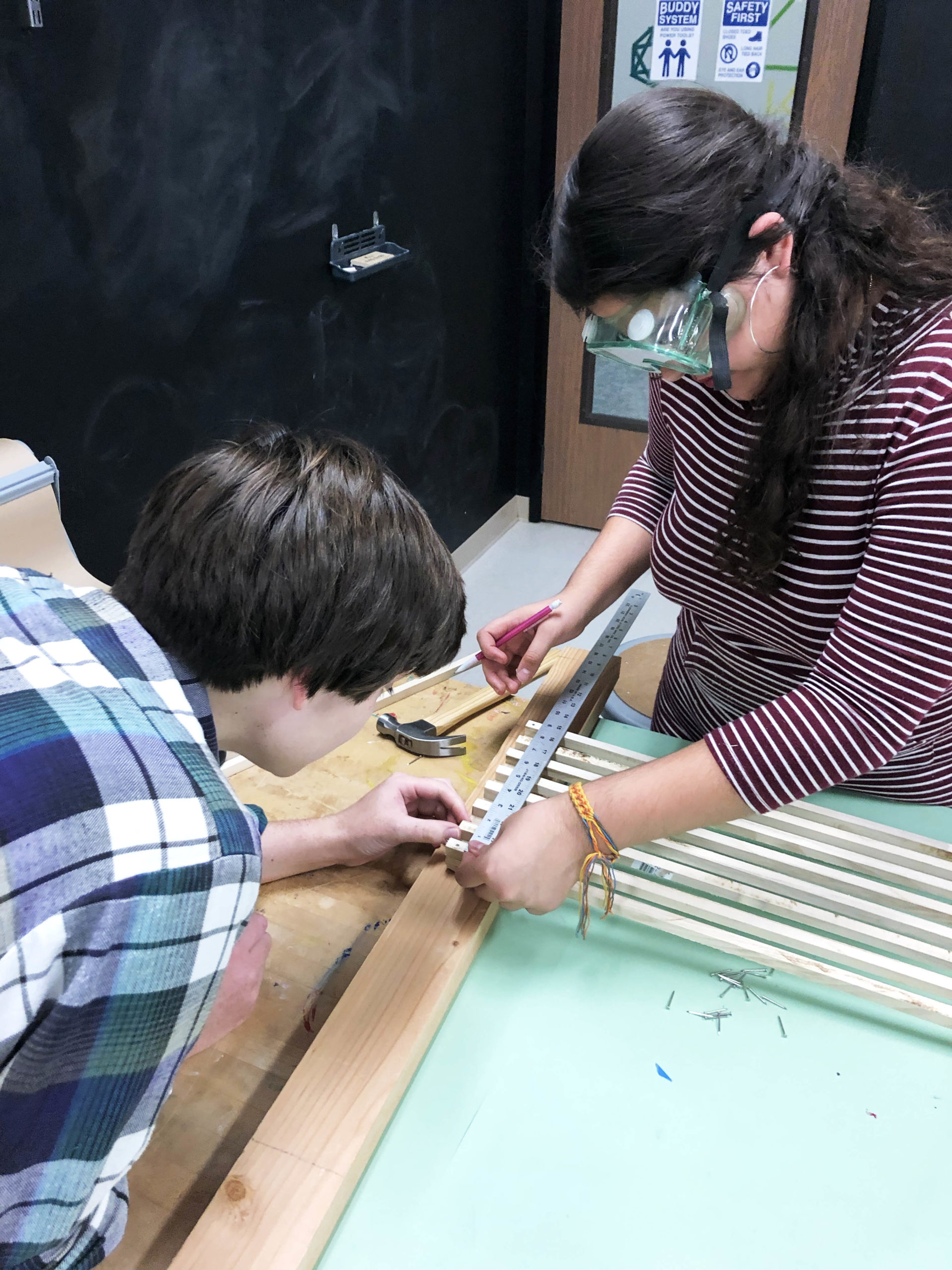
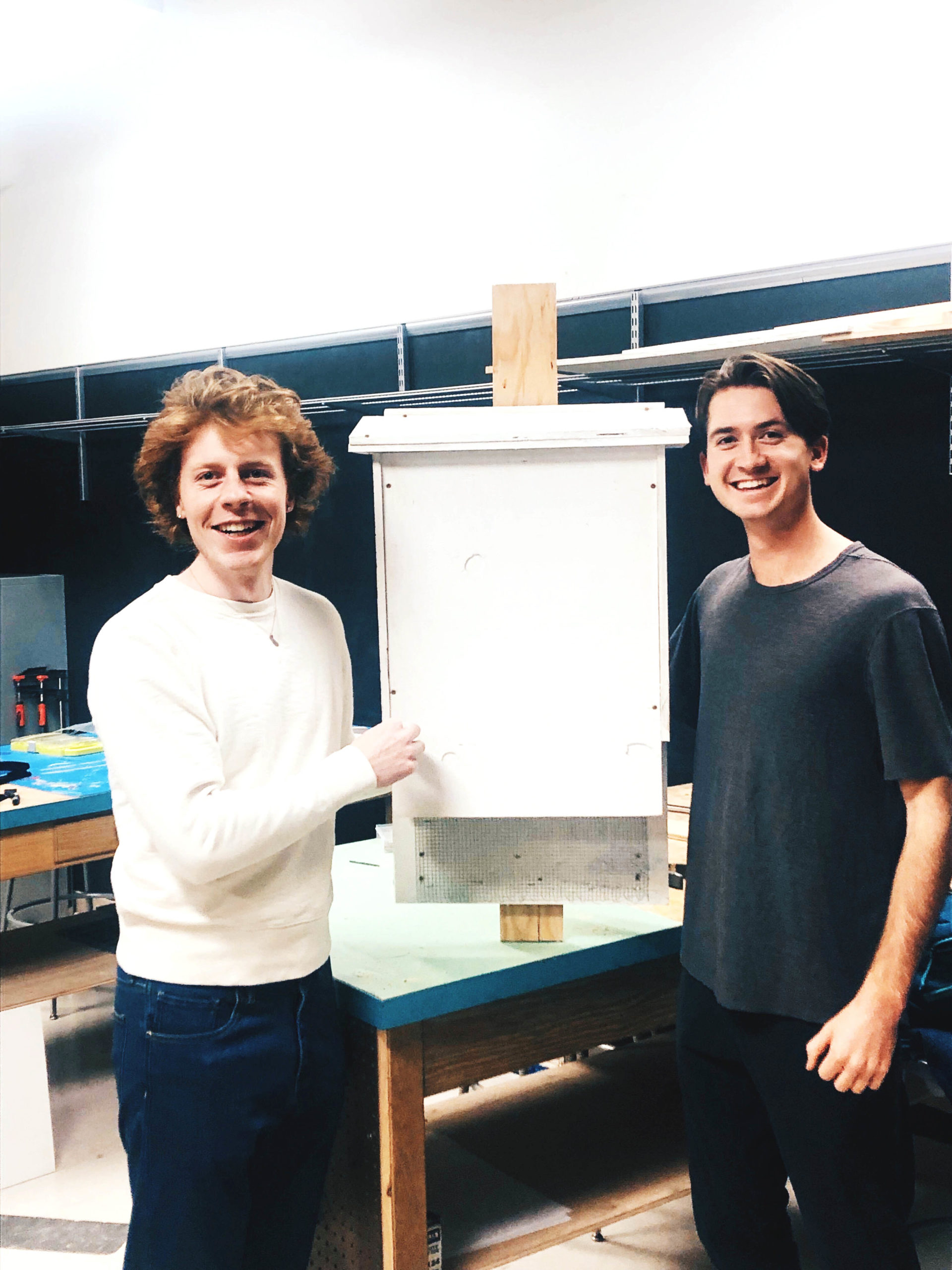
Process
Over the course of four months, we interviewed stakeholders (students, staff, and proctors) to understand our users engagements with the space. We synthesized insights targeting the emotional impact that the space had on its various users. Most notably, our users felt intimidated and nervous about the space, never thinking to step in and engage with it. We took these insights and drafted new layout options for the space. We tested these layouts in the space with the staff and started to build.
Shelving was put in, peg boards were built and nailed into the wall, extra furniture (eg. Mobile units and wood storage) ordered and put together, and additional moving and arranging of pieces. The final step was to add signage to all the various aspects of the space so that users can engage with it more easily. Once the center reopened for the semester, we continued to test out the space and make adjustments based on feedback!
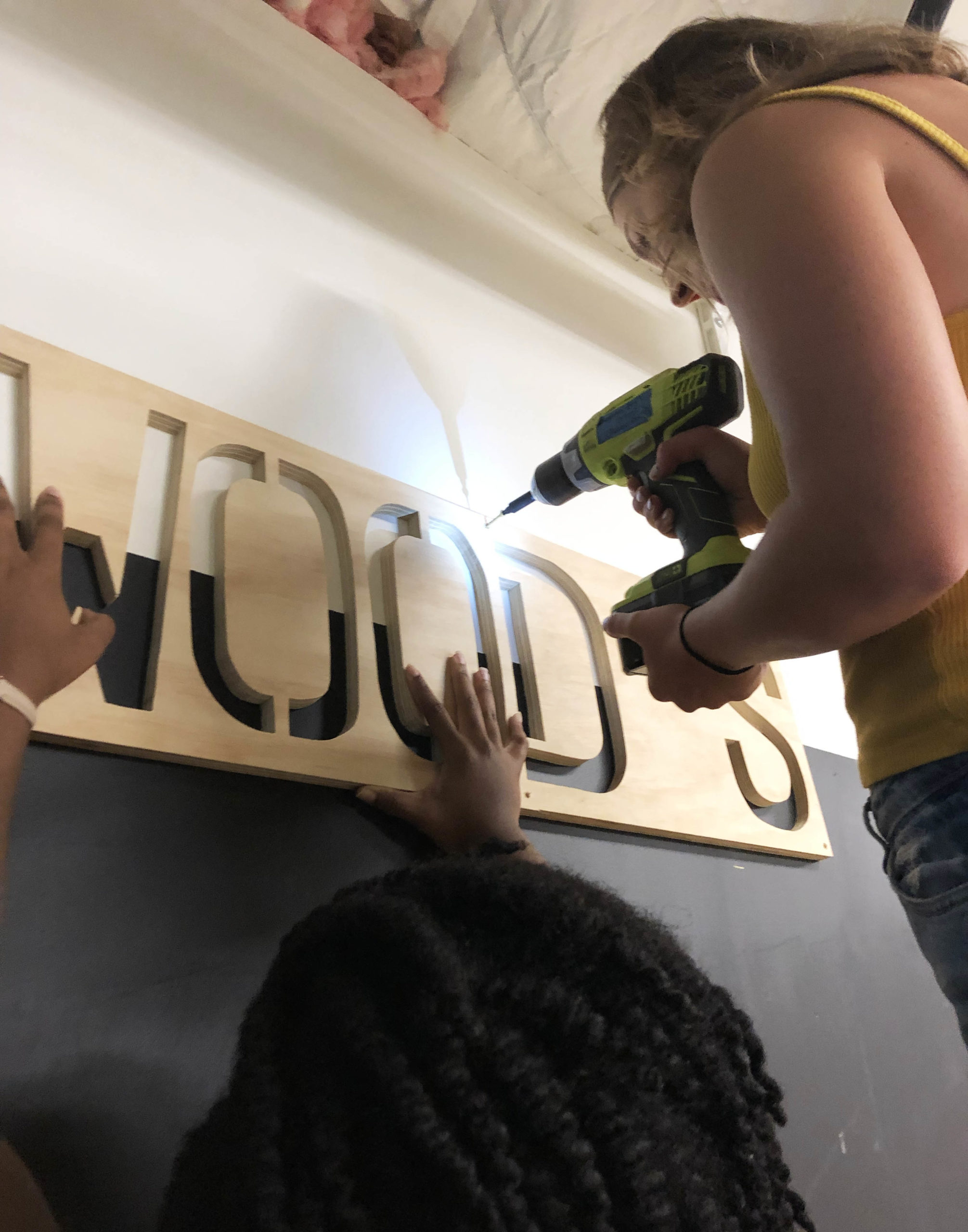
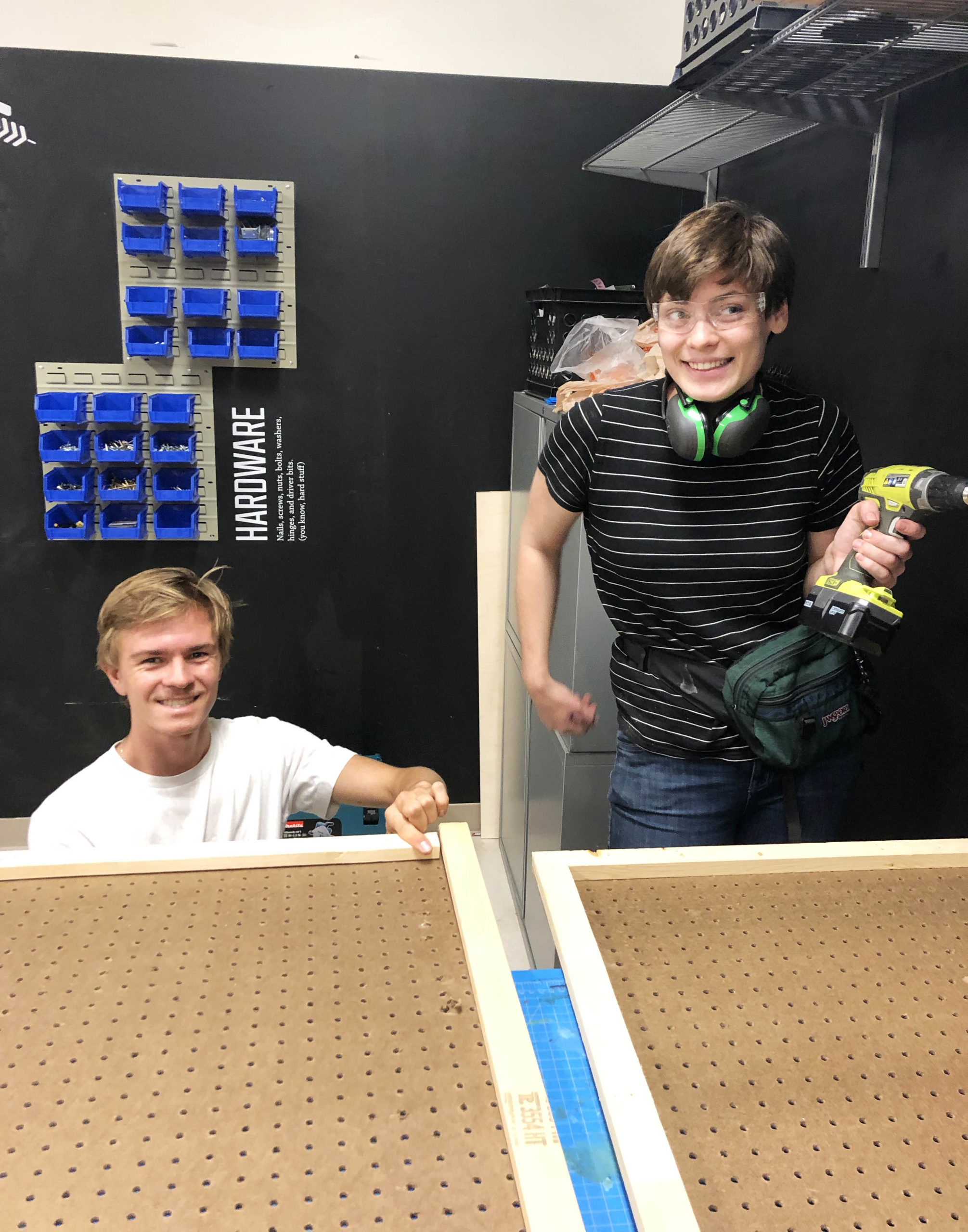
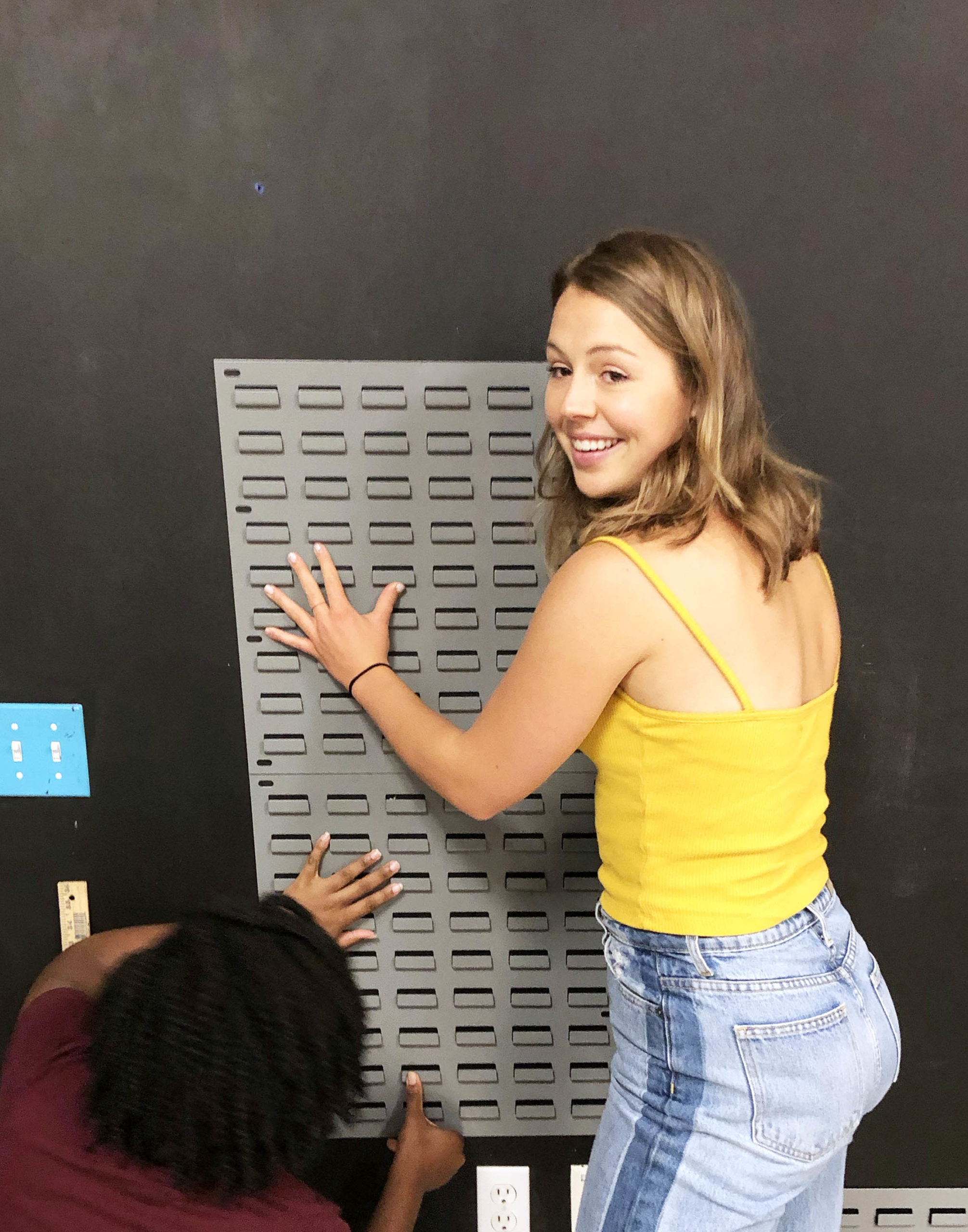
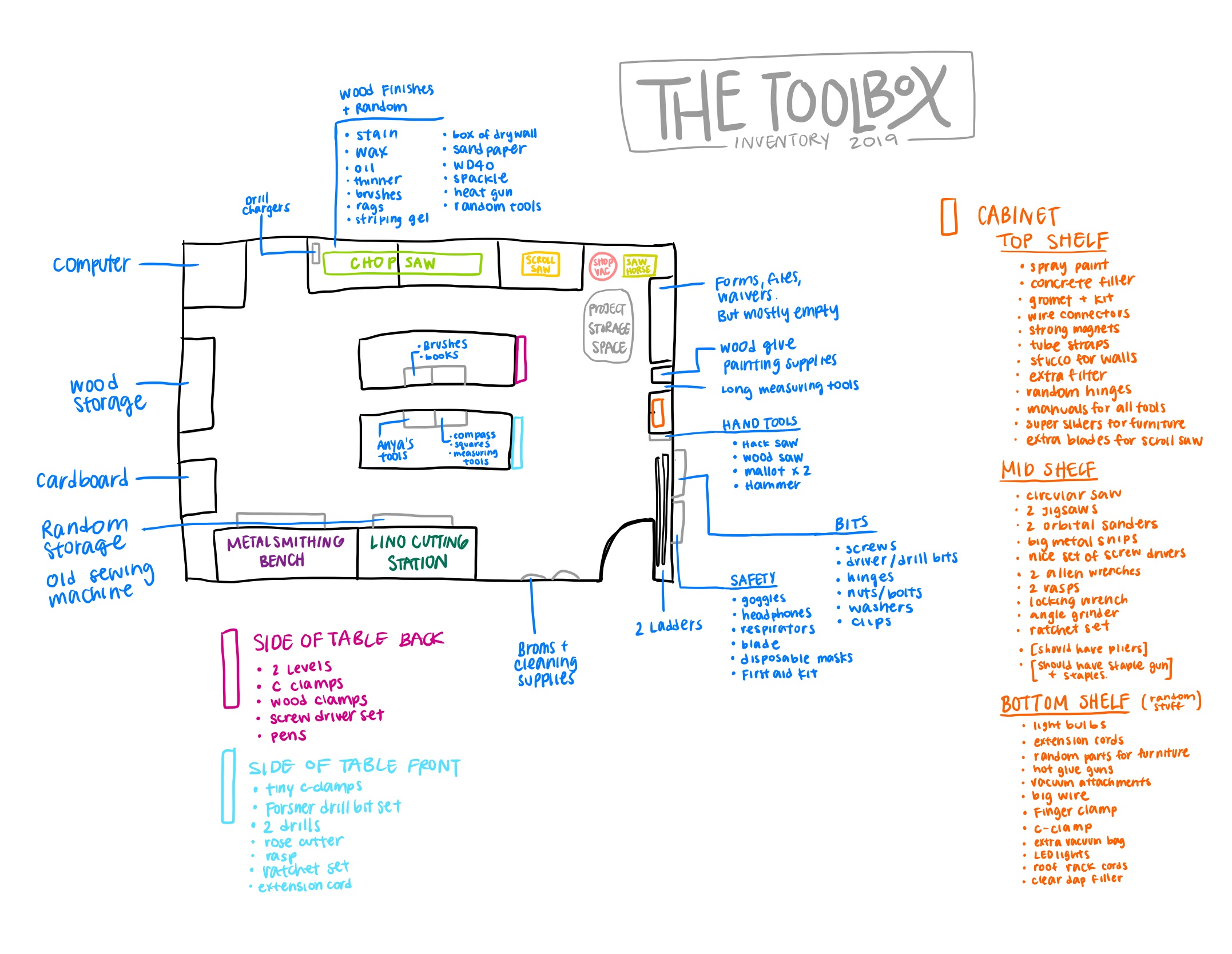
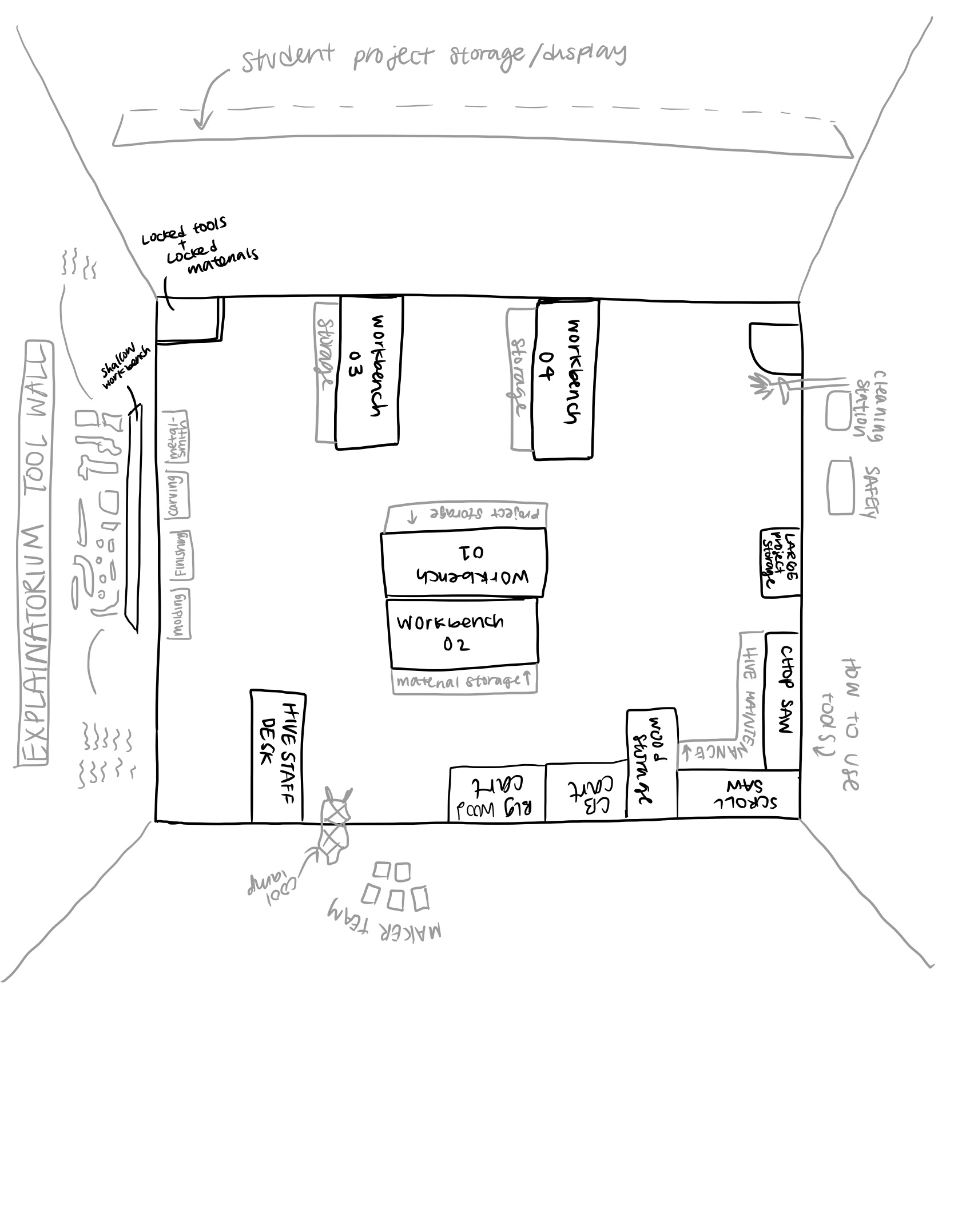
Design Features
The toolbox now features an “explanitorium” wall that breaks down different hand tools into categories (draft, divide, combine, finish). I wanted the space to feel like it was made with the tools in the space so we incorporated hand drawn and hand lettered illustrations and names of the tools for easy organization and accountability. There are also tips and tricks on how to use certain tools.
Mobile stations are another key feature of the redesign. Four rolling units hold different specialized tools that can be moved out to a workstation for setup. We have metal smithing, carving, molding, and other. Students are free to come in and use any of these special materials for their projects.
Workstations have pegboard attached at the end for easy access to stationary such as pencils, post its, scissors, and glue sticks. These stations are on wheels for easy moving when larger surfaces are needed.
Two workstations are combined in the center of the room to provide space for meetings, collaboration, and larger workshop activities. All of the Made at the Hive workshops (refer to specific project page) are usually held around this large table.
There is plenty of room for project storage and display along the edge of the room and in the larger cabinets. We aim to keep all the workstations clear and clean so students can consistently come in and find spaces to work.
We implemented a new dust collection system so dust can be contained and the sapce can be used for other activities. Previously, the power tools dominated the room and made it intimidating to walk in if you are not comfortable using those. They are now sectioned off into one corner of the room where students can create projects with our proctors.
Safety and cleaning stations right at the front of the room give students the agency and responsibility of protecting themselves mainting the space after use. There is a step 1 through 6 system that students can engage. It goes from safety to cleanup and is a basic tour of how one can use the space.

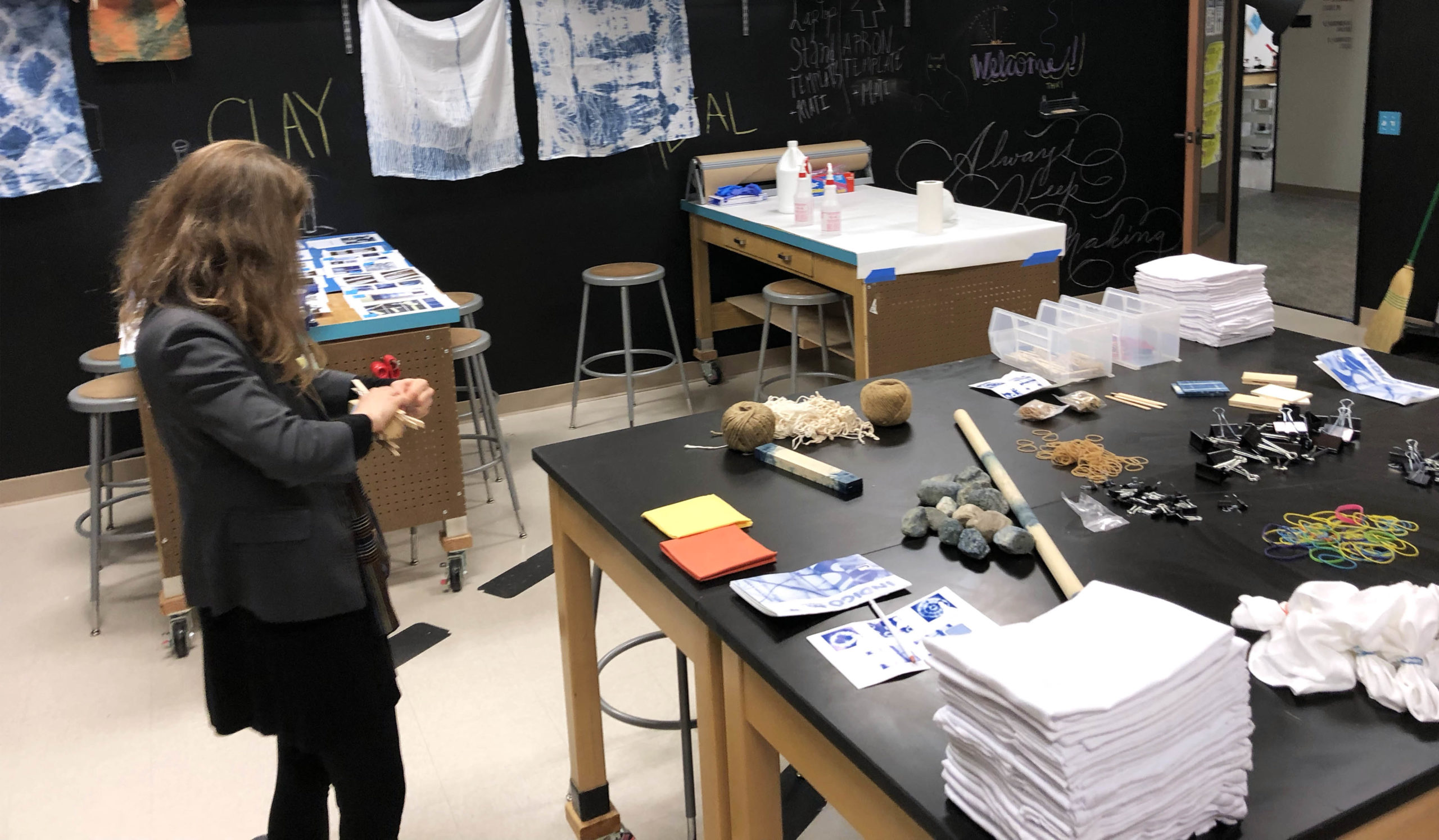
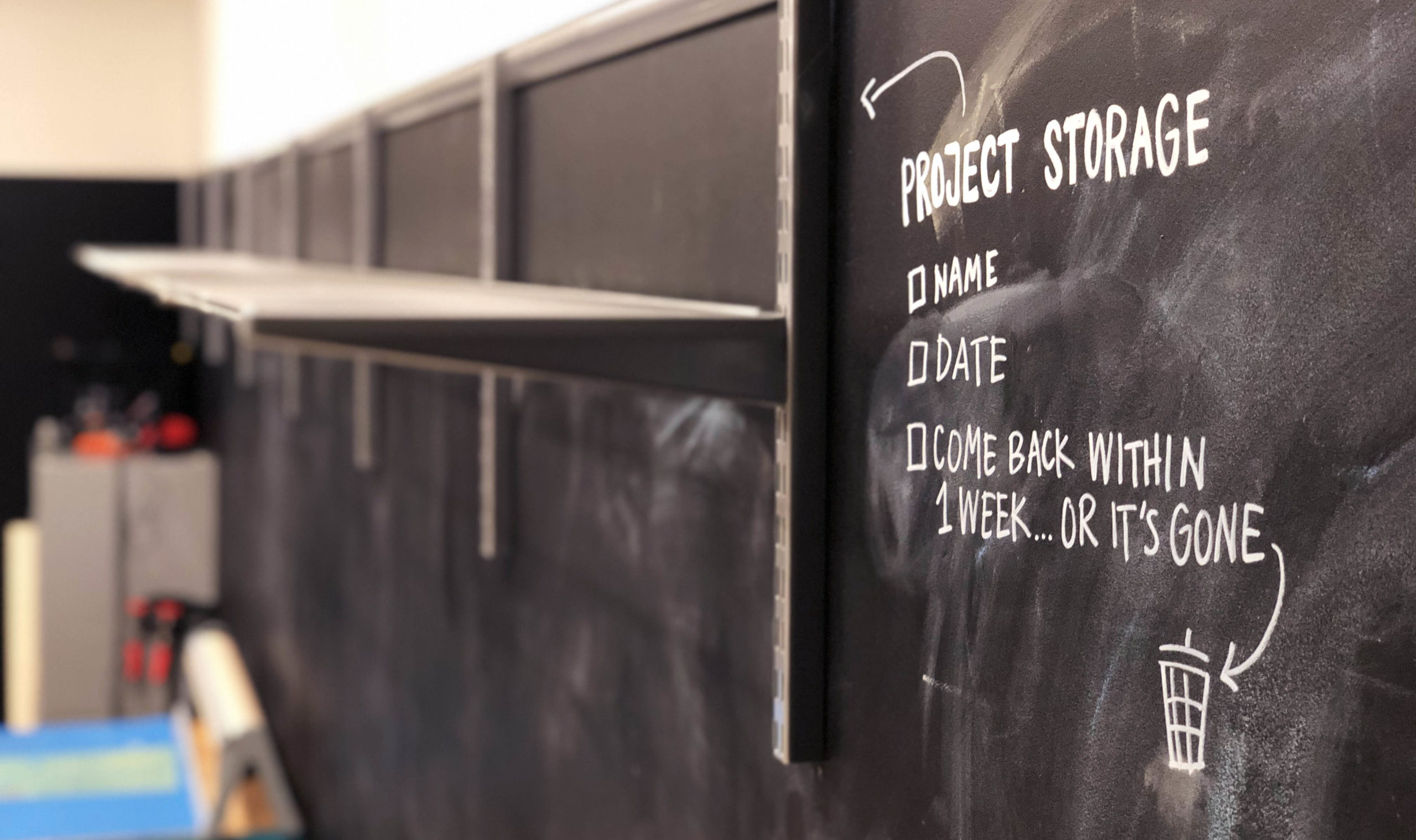
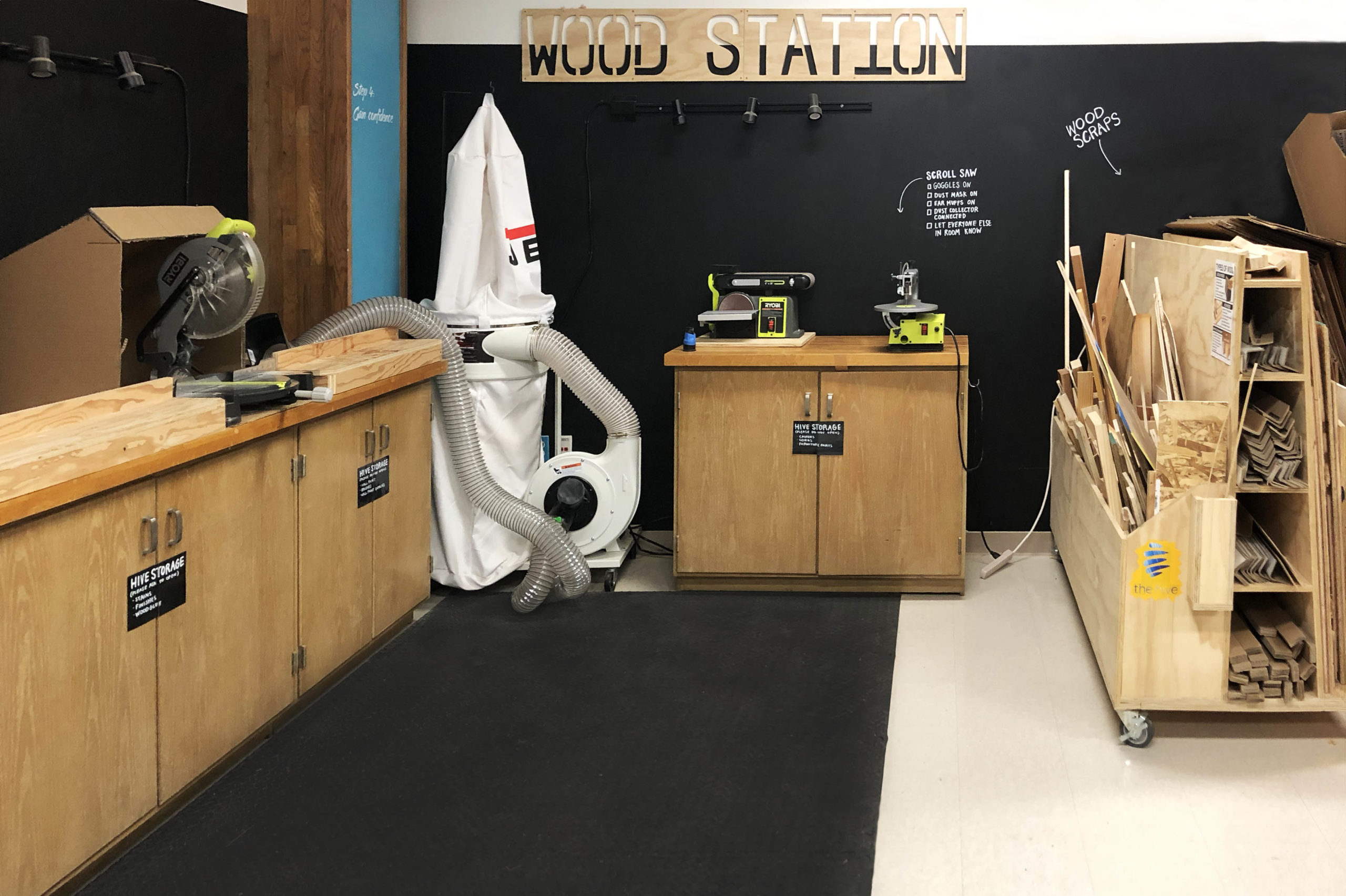
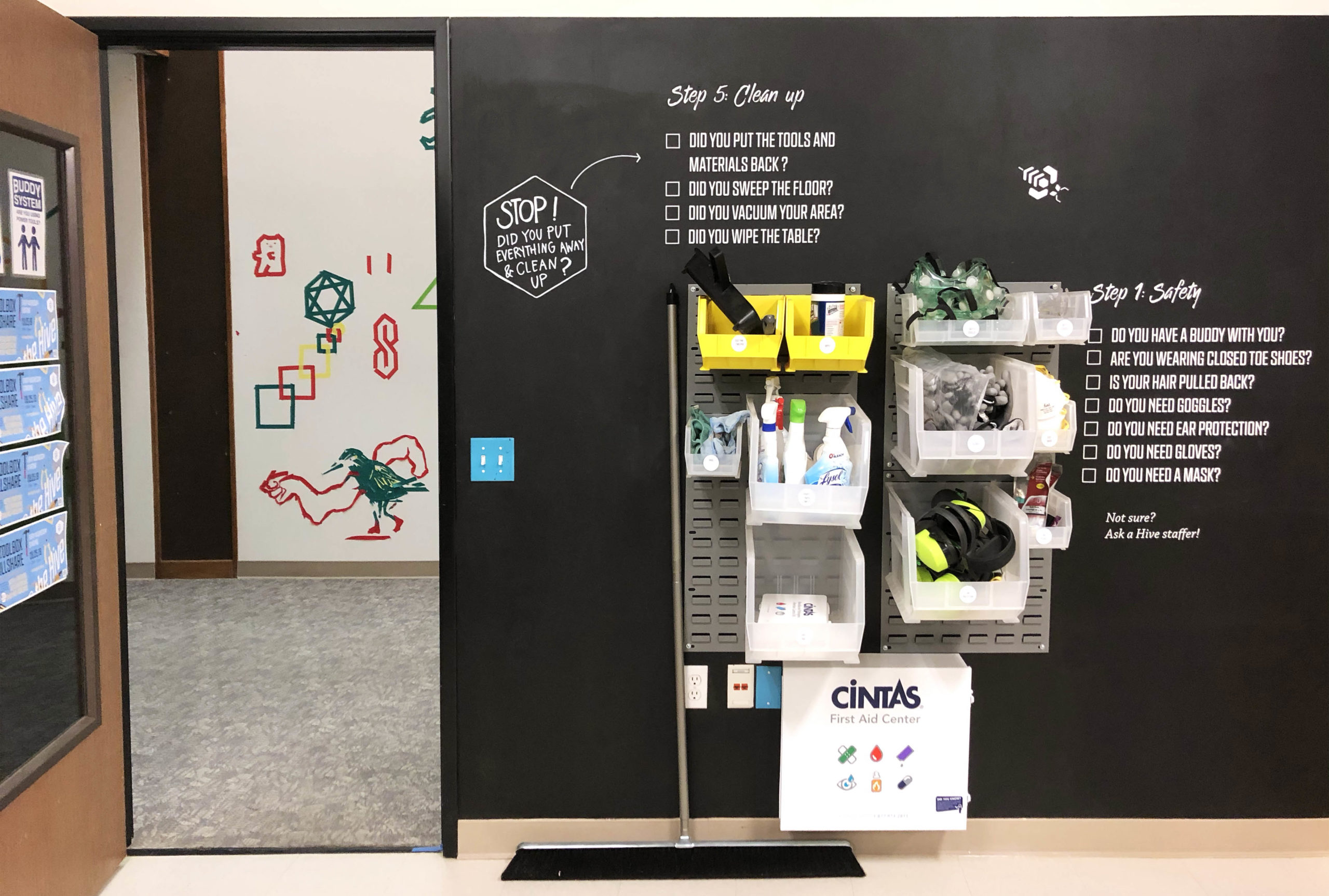
Impact
The impact of the redesign was quite miraculous. Students started coming into the room randomly, without any projects, and wanted to experiment and play around the the tools and materials we had. We also hosted weekly workshops in the space that gave students a platform to make something useful from scratch. We visibly increased students’ confidence in their ability to create and build. We also saw a big shift in the overall engagement in the space. More often than not, there will be students working on their class projects, their own side projects, or tinkering. We love that students feel more comfortable in the space and come on a regular basis.
Notable quotes from users:
"This wall makes me want to come in here to explore and make stuff."
"This is the first maker space I visited where it feels like you actually made it yourself."
"I don't know how to use half these tools, but I feel like I could try it out and learn."
